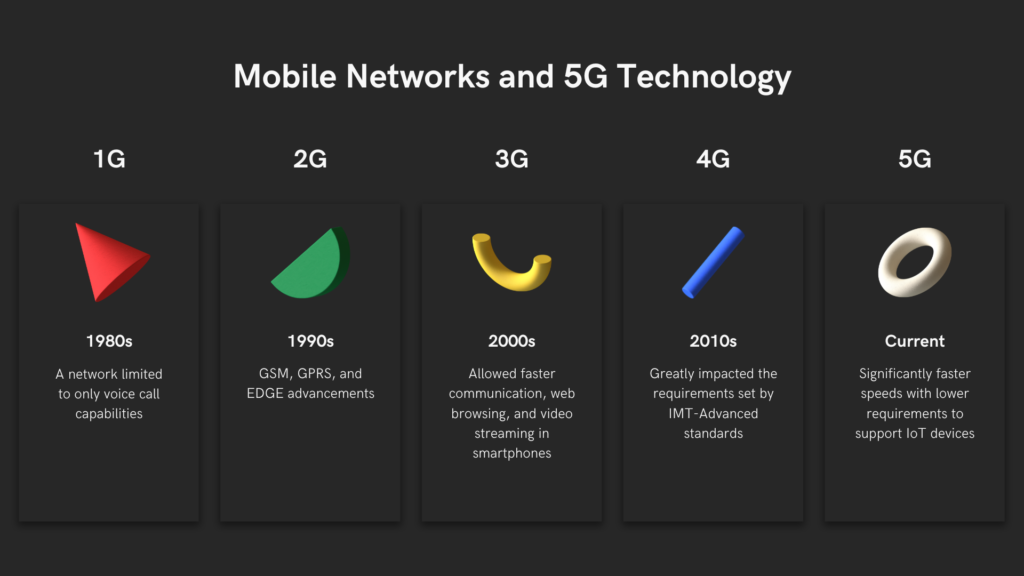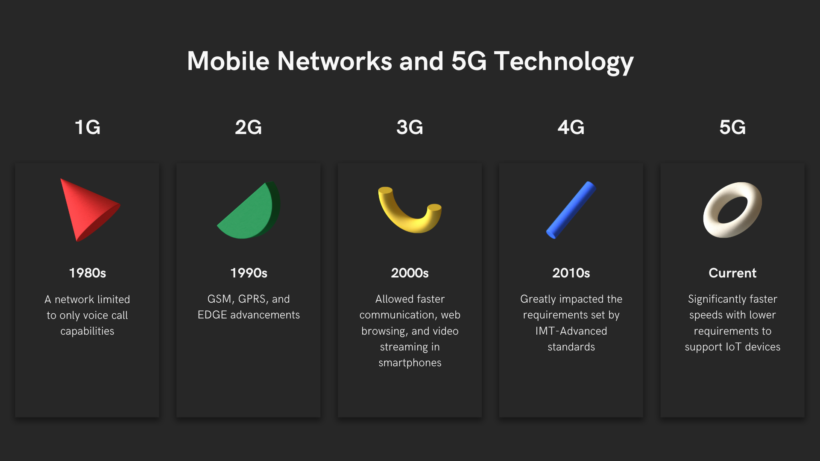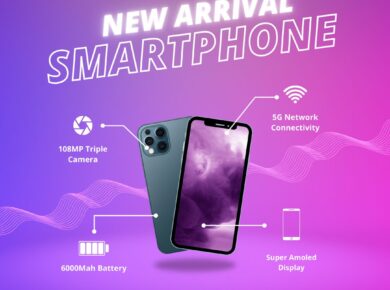5G and Education, The advent of 5G technology promises to revolutionize many industries and education is no exception. With ultrafast speeds, low latency, and high reliability, 5G is poised to enhance the educational experience in previously unimaginable ways.
In this blog, we’ll explore how 5G is transforming education, provide the latest examples, and show why it’s a game-changer for the learning environment.
Table of Contents
What is 5G?
5G is the fifth generation of mobile network technology, designed to significantly improve the speed and responsiveness of 4G networks.
It offers data transfer rates 100 times faster than 4G, lower latency (latency before data transfer starts), and the ability to connect multiple devices simultaneously These advances make 5G a technology that good to complement other teaching tools and strategies.
Impact of 5G on education
1. Increased distance learning
Distance learning has become a staple in education, especially in the aftermath of the COVID-19 pandemic. However, the limitations of existing web technologies often impede quality online education. 5G addresses these issues by providing seamless, high-speed Internet connectivity that supports real-time video conferencing, interactive classes, and high-definition educational content
Example: The University of Glasgow trialled the use of 5G to provide remote lectures and practical courses.
Students had access to high-quality, lag-free video and were able to participate in virtual labs with real-time feedback, significantly enhancing their learning experience.
2. An Immersive Learning Environment
One of the most exciting prospects of 5G and education is the possibility of creating immersive learning environments through augmented reality (AR) and virtual reality (VR) These technologies require high bandwidth and low latency to make it more efficient, making 5G more viable.
Example: In South Korea, SK Telecom has partnered with schools to implement 5Gpowered AR and VR educational tools.
Students can explore scientific laboratories, historic sites, and even space, providing a fun and educational hands-on learning experience.
3. Smart Classrooms 5G and Education
5G technology is driving smart classrooms filled with connected devices and sensors. These classrooms can adapt to student needs, provide real-time feedback to teachers, and create an interactive learning environment.
Example: In China, Huawei partnered with education institutions to develop 5Genabled smart classrooms. These classrooms use IoT devices to monitor student engagement, adjust lighting and temperature for an optimal learning environment, and provide instant access to digital learning materials
4. Improved Communication
Collaboration is at the heart of modern education, and 5G can take it to the next level. The ability to connect multiple devices simultaneously allows students and teachers to collaborate in real time, regardless of physical location.
Example: Verizon in the US. launched Verizon Innovative Learning Schools, a program that uses 5G to connect students and teachers in remote locations This program breaks down geographic barriers and enables collaborative projects, virtual field trips and global education resources which they obtain.
5. Access to advanced educational tools
5G will allow students and teachers to benefit from advanced educational tools and services that require high-speed internet and low latency. It includes AIdriven educational sessions, real-time language translation and advanced simulation software.
Example: The University of California at Berkeley is using 5G to improve its technology infrastructure. Students use AIpowered tools to analyze big data in real time, participate in virtual internships, and participate in complex simulations, giving them hands-on experience in their studies.
Challenges and Considerations
While the potential benefits of 5G in education are vast, there are also challenges to be addressed:
Infrastructure: Deploying 5G requires significant investment in infrastructure, including the installation of more small cells and fiber optic cables. Educational institutions, especially in rural areas, may face challenges in accessing this technology.
Cost: The cost of 5G devices and services can be prohibitive for some schools and students. Ensuring equal access to 5G technology is essential to avoid widening the digital divide.
Privacy and Security: With increased connectivity, students need strong security measures to protect their data and confidentiality. Educational institutions should implement strong cybersecurity measures to protect their networks.

5G is the future of Education
The integration of 5G into education is still in its infancy, but the potential is huge. As more organizations embrace 5G technology, we could see a shift in how education is delivered and experienced. From virtual reality field trips to real-time collaboration across continents, 5G has the potential to create an interactive, interactive and personalized learning environment
Example: Looking ahead, 5G could enable fully immersive virtual classrooms where students around the world can communicate with each other and their teachers in real time, creating a truly global educational experience grade.
In conclusion, 5G and education is a powerful combination that promises to enhance learning experiences, break down barriers and prepare students for the future. By harnessing the capabilities of 5G, educational institutions can deliver innovative, high-quality education that meets the needs of the digital age. As 5G technology continues to evolve and become more accessible, its impact on education will only increase, making way for a new era of learning.
Combining “5G and education” as a recurring theme, this blog highlights how this advanced technology is set to transform the educational landscape, bringing more benefits and solving current challenges. The examples presented illustrate the real-world applications and potential of 5G in transforming education.






1 comment
Hello,
for your website do be displayed in searches your domain needs to be indexed in the Google Search Index.
To add your domain to Google Search Index now, please visit
https://searchregister.info/